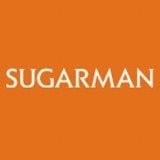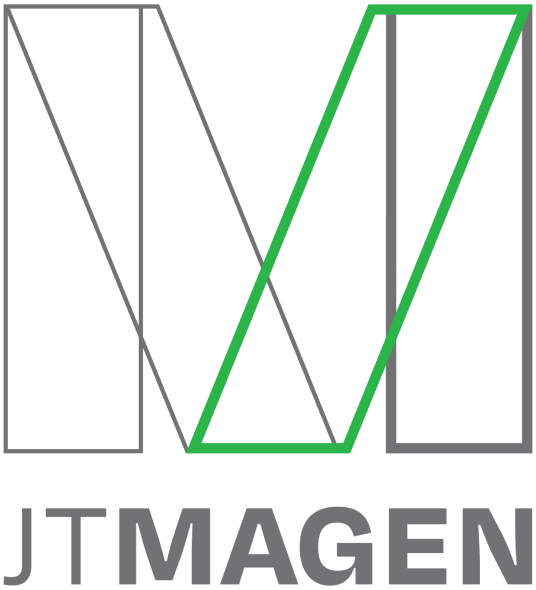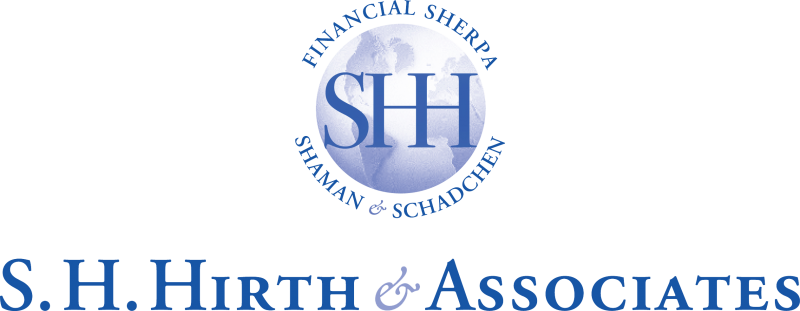Hybrid work arrangements have become the new normal. But while offering many advantages, schedules that involve working remotely one day and in the office the next present unique technology challenges that can inconvenience and frustrate employees while compromising productivity and company security. Below are some of the common technology hiccups that arise and solutions to help you transition seamlessly from home to work and back again.
Hybrid Arrangements Continue to Expand
For employees with remote-capable jobs, 42% reported they had some sort of hybrid arrangement in a February 2022 Gallup study, compared with 39% who were working fully remotely and 19% who were fully on-site. As the pandemic subsides, the hybrid format is expected to become even more dominant; 53% of the Gallup study respondents said they expect to work in a hybrid arrangement long-term, based on plans communicated by their employer, and 59% said they prefer a hybrid schedule over the other two options.
Different Files, Capabilities in Different Places
Many hybrid workers have separate computers set up at home and work. Often, the software applications and versions are different in the two places. You might be working on a file on your office computer on Monday, and the file will not look the same on your home computer on Tuesday. In some cases, you might not be able to open the file, or you may realize you accidentally left it on your other computer’s hard drive.
Carrying Laptops Back and Forth
Some hybrid workers use the same laptop for home and work and carry it back and forth. This has certain advantages; mainly, you have the same applications and files wherever you go. But there are also inconveniences, especially if you have to hook and unhook the device to network cables and auxiliary monitors and keyboards every day. And if your laptop is lost or stolen, it presents a security risk to the company’s entire system.
Remote Access Platforms
Companies can purchase platforms that allow employees to access many of the files and applications on their work computer from home. But while these remote access platforms provide many benefits, they have certain limitations. For starters, the computers in the office must be left on for the remote access to work. Further, only those applications that the company’s IT administrator has enabled and configured will be accessible. You will not be able to use files on your desktop or special plug-ins that you may have downloaded. Also, if your Wi-Fi signal at home is weak, your remote desktop connection will suffer, causing applications to run slowly, thus limiting your productivity. Further, if your home network is not well-secured, such as if you have a weak password or you lack antivirus software, this provides an access door that can leave your organization’s system vulnerable to cyberattacks.
Desktop as a Service (DaaS)
Desktop as a Service (DaaS) solutions, such as Boxtop, provide the most seamless way to transition back and forth between office and remote locations. Boxtop moves your company’s entire IT to the cloud. No matter where you log in, your desktop will look exactly the same. If you leave your office and log back in at home, you can pick up right where you left off; there’s no need to even reopen the file.
The Boxtop desktop is a Windows desktop with the same start menu, icons, programs, and documents. It looks and feels exactly like a physical PC, so no training or acclimation is required.
In the office, Boxtop eliminates the need to have servers or PCs. A Boxtop thin client connects directly to your monitor, keyboard, and mouse and streams a Windows desktop to your screen. To securely access the system from home or elsewhere, you simply need to install the Boxtop software on your PC, Mac, or mobile device.
Any application that can run on Windows can run on Boxtop. And because all software updates are done by Tabush Group, you don’t have to worry about dealing with inconsistent versions of software at home and the office. Further, all files are backed up in the cloud, and if you have IT issues, we can assist you remotely.
From an employer’s standpoint, Boxtop not only increases worker productivity, but it removes many of the cybersecurity risks associated with remote work. No matter where you log in, all desktop-to-server communication happens in the Boxtop cloud.
For more information about how Boxtop can help you work seamlessly in a hybrid environment, click here.








